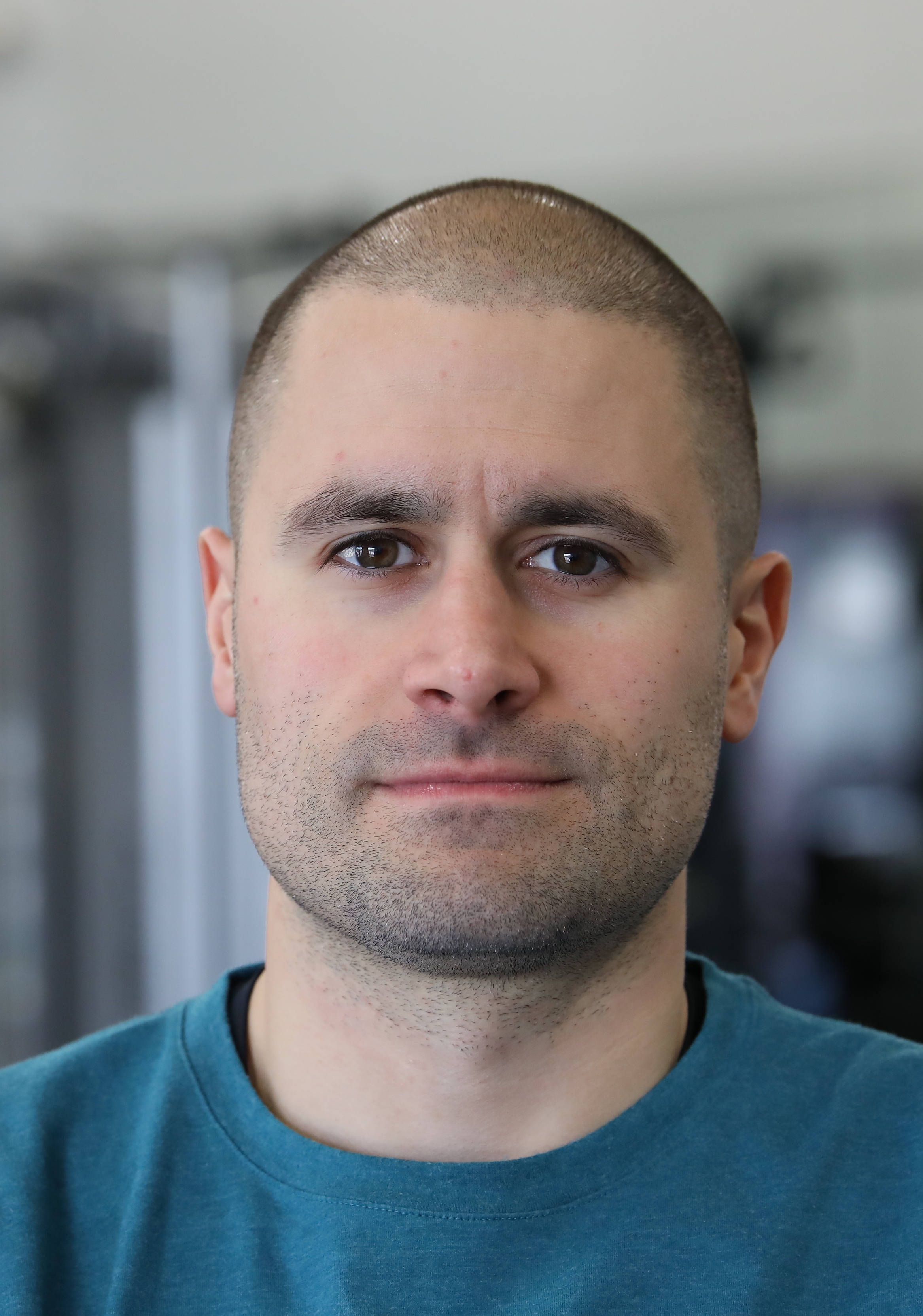GUEST BLOG BY CHRIS PHILLIPS: USE THESE THREE EXERCISES TO HELP PREVENT ACL INJURIES

An ACL tear is one of the most feared injuries in sports. Various research report anywhere from 80,000-250,000 ACL tears per year in the United States. The injuries occur in athletes from common sports such as soccer, basketball and football, but also occur in less common sports such as cheer and snowboarding. They occur in pro athletes all the way down to pre-teens where the ACL may be ruptured through contact with an opponent or in many cases, no contact at all. Surprising to many, more ACL tears take place without contact. These injuries typically occur when an athlete either tries to decelerate or change direction quickly. They may also happen upon landing from a jump awkwardly and with poor mechanics hyper extending or twisting the knee. Females are also at a much higher risk of ACL injury versus males. Research shows anywhere from a four to eight fold increase in these injuries to female athletes. The reasons for this large differential is constantly being argued but many common factors include smaller, more lax ACL’s, wider hips, slower reaction time, higher quadriceps to hamstring strength ratio and hormonal differences.
Why is the ACL tear so feared? The ACL or Anterior Cruciate Ligament is one of four ligaments that stabilize the knee. It is the main joint stabilizer and attaches the femur to the tibia resisting forward translation of the femur on the tibia. It also resists excessive rotation of the knee. Due to its’ poor blood supply inside the joint, the ACL, when torn, cannot scar down and heal itself. When fully ruptured, the ACL must be reconstructed through surgery where the ACL is typically replaced by using part of the athletes’ hamstring or patella tendon. Recovery from the surgery will take anywhere from six to twelve months which is a lifetime to a young athlete.
So, can these injuries be prevented? It is impossible to fully prevent ACL tears, but many studies have shown that with proper training and conditioning, non-contact ACL tears can be significantly reduced. The goals of these sorts of programs are to teach proper jumping and landing techniques, proper deceleration and agility techniques and strengthening each leg individually. When we dissect sports, most movements occur on one leg. For example, in a soccer game, an athlete sprints, impacting one leg at a time. As a basketball player cuts, he or she plants and pushes off one leg, not two at a time. For these reasons, it is important to strengthen each leg individually. The goals of the exercises will be to improve hamstring and glute strength in order to help stabilize the knee joint. Use the following three exercises to improve strength and stability and help prevent tearing an ACL.


1. Single leg straight leg dead lift - The athlete stands on a straight leg, reaching down to the ground with the opposite arm as the opposite leg remains straight and raises up until parallel to the ground. The keys are to keep the hips level and the exercise should be felt in the back of the leg and hip and not the low back. Perform 3 sets of 10-15 reps.
2. Single leg bridge on a ball – The athlete lies on their back with one leg bent at the knee with the foot up on a ball. The other leg is straight and raised in the air. The athlete lifts the hips, pushing through the foot that is on the ball. Perform 3 sets of 10-15 reps.

3. Quick feet to lateral hop – Stand next to a ball and run quickly in place. Plant the outside foot and push off jumping over the ball and landing on the opposite foot. This is basically a lateral bound where you jump over the ball pushing off the left foot and then landing on the right. Focus on landing and shock absorbing the impact by flexing your hip, knee and ankle. It is also important to keep your knee beneath your hip and not let in buckle inwards.

Chris Phillips is a certified Athletic Trainer and Strength and Conditioning Specialist. He has spent over 20 years in professional sports including the National Hockey League and Men’s and Women’s Professional Soccer. Chris currently owns two Sports Performance and Rehab facilities in Orange County, CA and can be reached at chris@competeperformance.com or through their website, www.competesportsperformance.com.
Instagram: chrisphillips9
Facebook: https://www.facebook.com/CompeteSportsPerformance/
Twitter: chriscompete
Like what you read?
Sign up now to get the latest tips and advice
Tim DiFrancesco, PT, DPT, ATC, CSCS, spent 6 seasons as Head Strength & Conditioning coach of the Lakers and is renowned nationally for his evidence-based and scientific approach to training, nutrition and recovery for athletes and fitness enthusiasts.
For training and nutrition advice, follow us on:
• Twitter http://twitter.com/tdathletesedge
• Facebook http://www.facebook.com/tdathletesedge
• Instagram http://instagram.com/tdathletesedge
• YouTube https://www.youtube.com/user/tdifranc1
• Sign up for our newsletter and follow our blog at http://www.tdathletesedge.com
ABOUT THE AUTHOR

Tim DiFrancesco, PT, DPT spent 6 seasons as the Head Strength & Conditioning Coach of the Los Angeles Lakers and is the founder of TD Athletes Edge. He is nationally renowned for his evidence-based and scientific approach to fitness, training, nutrition, and recovery for athletes and fitness enthusiasts.
